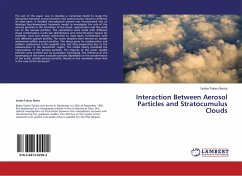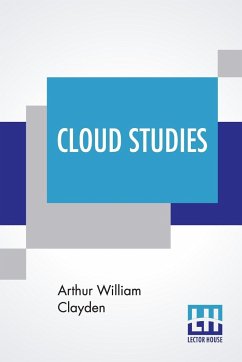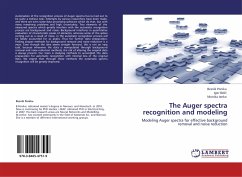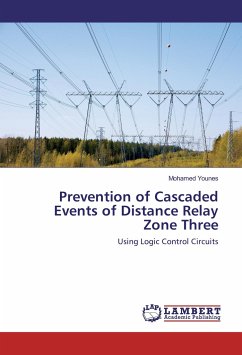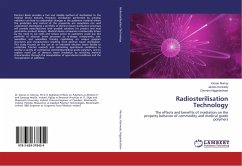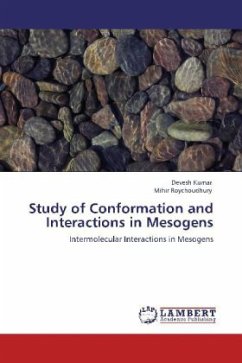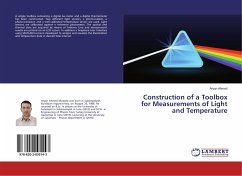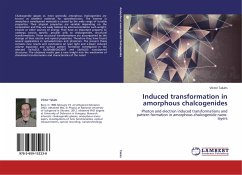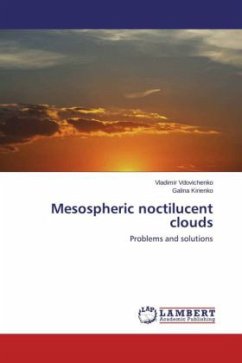
Mesospheric noctilucent clouds
Problems and solutions
Versandkostenfrei!
Versandfertig in 6-10 Tagen
32,99 €
inkl. MwSt.

PAYBACK Punkte
16 °P sammeln!
The current problems of the study of mesospheric Noctilucent Clouds (NLCs) and possible their solutions, based on a large literary survey, are described in an accessible form in this book. Since the authors were repeatedly partaking in expeditions to North Kazakhstan for NLC observations, they present the results of their personal photographic and spectral observations, as well as methods and results of their processing. Because obtaining NLC "pure" spectra on a background of the twilight segment is difficult, the authors made a spectrometer for extended sky objects and carefully researched it...
The current problems of the study of mesospheric Noctilucent Clouds (NLCs) and possible their solutions, based on a large literary survey, are described in an accessible form in this book. Since the authors were repeatedly partaking in expeditions to North Kazakhstan for NLC observations, they present the results of their personal photographic and spectral observations, as well as methods and results of their processing. Because obtaining NLC "pure" spectra on a background of the twilight segment is difficult, the authors made a spectrometer for extended sky objects and carefully researched it. In order to answer the controversial question of the possible luminescence of NLCs, the authors conducted a spacious literature search, hoping to find likely candidates for the role of luminophores to explain an unusual bluish-silvery glow of this atmospheric phenomenon. It seems they are a success to find such an answer. The book is offered to not only a wide range of readers, enthusiasts-observers of Noctilucent Clouds and students, but it also can be useful for the scientists engaged in atmospheric optics.



